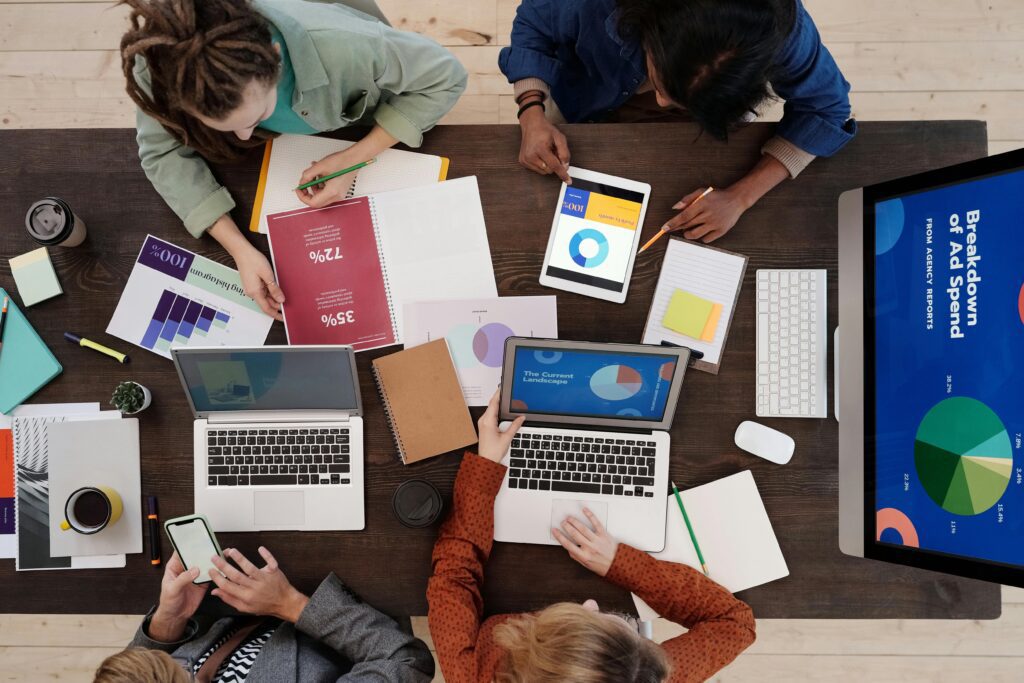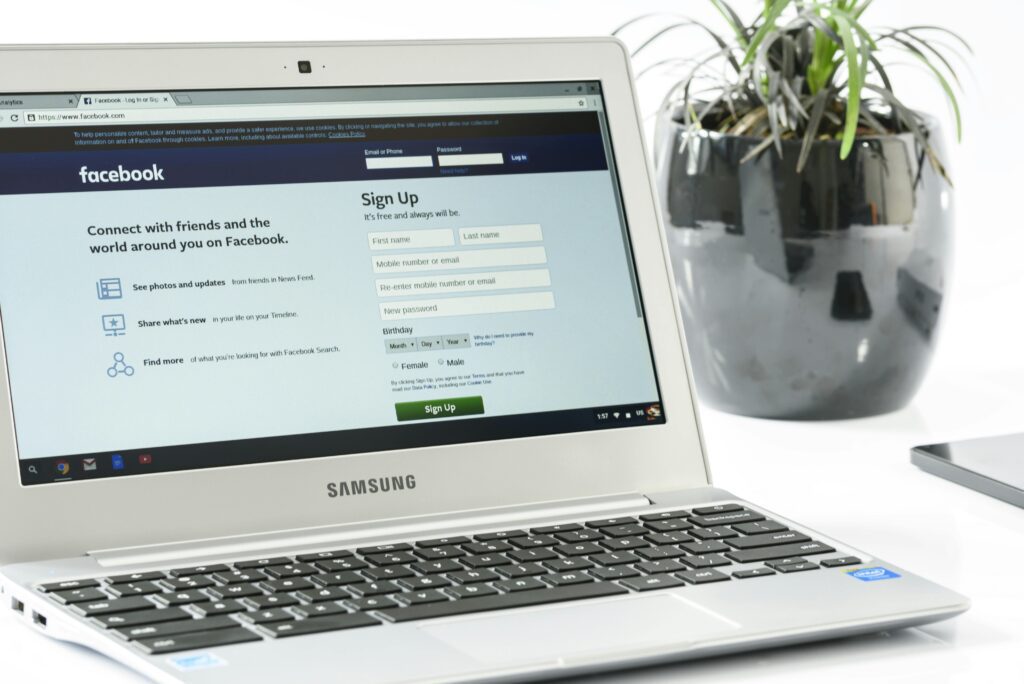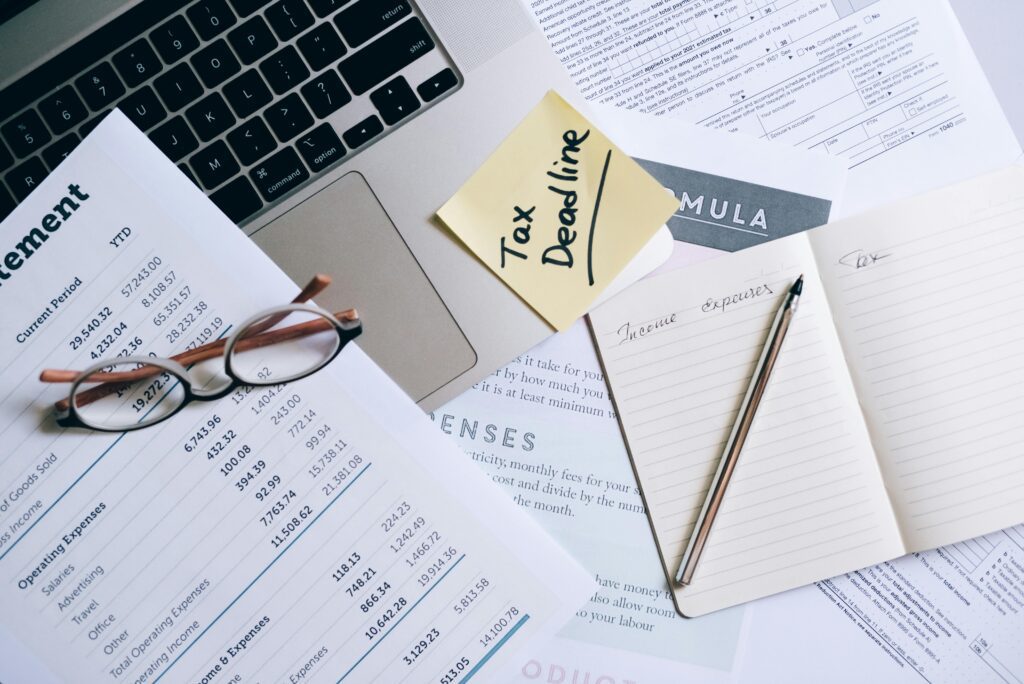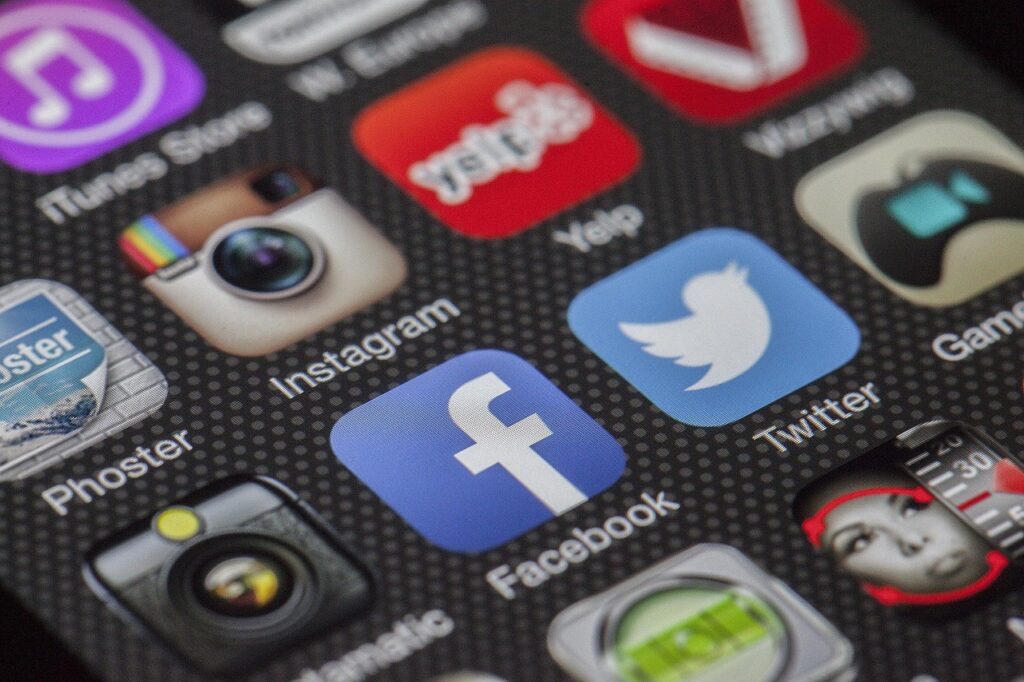Picture this: your once-loyal customers have gone silent. They no longer open your emails, engage with your content, or make purchases. While most marketers focus obsessively on acquiring new customers, they’re overlooking a goldmine sitting right under their noses. Customer re-engagement campaigns don’t just bring back lost revenue—they can deliver 50-100 times higher ROI than traditional marketing efforts, with some brands generating $5-10 revenue per customer compared to just $0.10 from standard re-engagement emails [1].
What is Customer Re-engagement?
Customer re-engagement is a strategic marketing approach designed to reconnect with inactive or dormant customers who have previously shown interest in your brand but have since stopped engaging. Unlike broad acquisition campaigns, re-engagement efforts target individuals who already have a relationship with your business but have become disengaged over time. These campaigns use personalized messaging, incentives, and strategic timing to reignite interest and encourage customers to return to active participation with your brand.
Why It Matters in Today’s Digital Marketing Landscape
The importance of customer re-engagement has never been more critical in today’s competitive marketplace. Research reveals that 75% of email subscribers are inactive, representing a massive untapped revenue opportunity. Even more compelling, studies show that reactivating a former customer can be five times more cost-effective than acquiring new ones [3][4].
The financial impact is staggering. Businesses implementing automated customer recovery workflows witness a 50% increase in conversion rates. Moreover, winning back just 5% of lapsed subscribers can boost your active customer base by 35-40%, creating substantial recurring revenue with minimal additional costs. In the B2B space, data decay occurs at a rate of 2.1% per month, meaning nearly a quarter of your email list becomes inactive annually [5][6].
Customer expectations have also evolved dramatically, with 68% of consumers expecting more relevant and tailored engagement experiences. This shift means that generic re-engagement attempts are increasingly ineffective, making sophisticated, personalized approaches essential for success [7].
The Psychology Behind Customer Re-engagement
Understanding the psychological drivers that influence customer behavior is crucial for crafting effective re-engagement campaigns. Several key psychological principles explain why customers disengage and how to successfully win them back.
- Loss Aversion and FOMO (Fear of Missing Out): When customers perceive they might miss exclusive offers or limited-time opportunities, it triggers an emotional response that compels action. FOMO taps into the anxiety stemming from the perception that others are enjoying experiences they’re excluded from, creating compensatory behaviors that can include immediate participation or increased engagement.
- Social Proof and Herd Mentality: Humans tend to look to others’ behavior when making uncertain choices. Re-engagement emails that include customer reviews, ratings, or purchase notifications leverage this principle to encourage inactive customers to return.
- Personalization and Relevance: Messages that acknowledge past relationships and reference specific interactions create a sense of being valued and understood, significantly increasing re-engagement likelihood.
- Urgency and Scarcity Psychology: Limited-time offers and countdown timers create immediate pressure to act, motivating hesitant customers to make quick decisions, while maintaining trust.
How Customer Re-engagement Campaigns Work
Customer re-engagement campaigns operate through a systematic, data-driven approach that identifies inactive customers and deploys targeted messaging to bring them back.
- Customer Identification and Segmentation: Define inactive customers (e.g., no email opens in 90-120 days or no purchases in a set timeframe). Segment by value, recency, and purchase history.
- Multi-Touch Email Sequences: Typically three emails spaced 1-2 weeks apart: a gentle reminder, an incentive or preference update, and a final chance to stay connected [14].
- Automation and Trigger-Based Messaging: Use platforms like Klaviyo or ActiveCampaign to automate sends based on inactivity triggers, ensuring timely and personalized outreach.
- Cross-Channel Integration: Combine email with SMS, social media retargeting, and push notifications for a cohesive re-engagement experience.
Why Customer Re-engagement Campaigns Are Exceptionally Effective
- Established Relationship Foundation: Inactive customers already know your brand, reducing conversion friction.
- Precision Targeting and Personalization: AI-driven content tailored to past behavior boosts engagement.
- Cost-Effectiveness and ROI Optimization: Lower marginal costs and higher ROI compared to new customer acquisition.
- Reduced Competition in Inbox: Behavior-triggered messages face less competition than generic promotions, increasing open rates.
How to Implement Effective Customer Re-engagement Campaigns
- Define and Segment Your Inactive Audience: Use engagement data to create precise segments based on inactivity and customer value.
- Choose the Right Technology Stack: Platforms like Klaviyo, Omnisend, and ActiveCampaign offer automation and integration capabilities.
- Design Your Multi-Touch Sequence: Start with a soft reminder, follow with incentives, and end with a clear final call.
- Craft Compelling Content and Offers: Use personalized subject lines and meaningful incentives like exclusive discounts or early access.
- Implement Advanced Personalization: Reference past purchases and preferences with dynamic content.
- Test and Optimize Performance: A/B test subject lines, send times, and offers; monitor open, click, and reactivation rates.
- Set Up Cross-Channel Integration: Extend campaigns to SMS, social, and push notifications for higher reach.
Success requires patience, persistence, and continuous optimization. Start simple and build complexity as you learn more about your audience’s behavior.
- VWO, “50+ Customer Engagement Statistics for 2025,” January 8, 2025.
- SAP Emarsys, “Top Customer Engagement Strategies for 2025,” February 21, 2025.
- Omnisend, “Email Marketing Statistics 2025: Key Insights,” April 16, 2025.
- LinkedIn, “The New Rules of Customer Engagement: What Works (and What Doesn’t) in 2025,” April 22, 2025.
- Porch Group Media, “Email Marketing for Reactivation Campaigns,” April 3, 2023.
- Unbound B2B, “Customer Win-Back Campaigns for B2B Growth & Retention,” June 4, 2025.
- Emarsys, “Customer Expectations in 2025,” 2025.
- Minority Business Review, “The Psychology of FOMO,” November 28, 2024.
- JISEM Journal, “Fear of Missing Out (FOMO) in Consumer Behaviour,” April 16, 2025.
- Area Ten, “The Psychology of Clicks,” March 8, 2024.
- New Metrics, “How Behavioral Economics Shapes Exceptional Experiences,” December 3, 2024.
- Binmile, “FOMO in Marketing,” May 19, 2025.
- Klaviyo Help Center, “How to run a re-engagement email campaign,” May 18, 2025.
- Klaviyo, “Win-Back Email Examples & Strategies,” June 11, 2025.
Read more
Boost Revenue Now: Essential Advertising KPIs Every CEO Uses
Advertising Automation KPIs Every Marketer Should Track Picture this: companies are crushing it with $5.44 back…
10 Game-Changing Facebook Ads Workflows for 2025 Growth
Picture this: 76% of businesses using Facebook ads workflows slash their campaign management time by 30%….
10 Deadly Retargeting Mistakes Business Owners Make
Did you know that retargeting campaigns can boost conversion rates by up to 150%? Yet many…
10 Invoice Automation Workflows That Skyrocket Cash Flow Now
Are you still stuck with paper invoices and typing in data by hand? Here’s a…
Revolutionary: 10 Social Media Automation Strategies Crushing Competition
Imagine this: you’re staring at your calendar, heart racing as you realize your biggest event…
10 Hidden Price drop Automation Secrets Competitors Don’t Know
Did you know that 77% of businesses using marketing automation see increased conversion rates, while…







